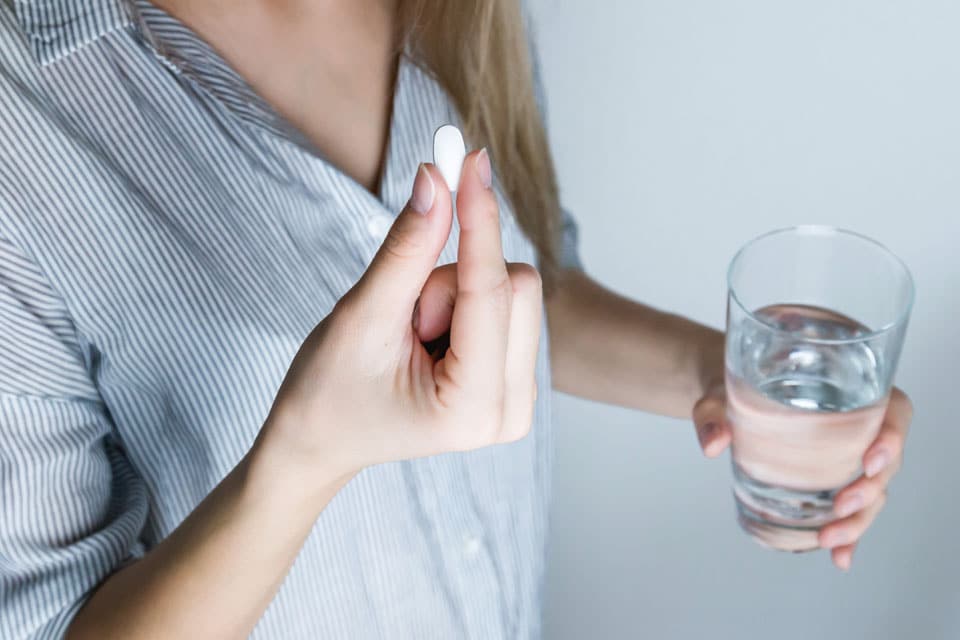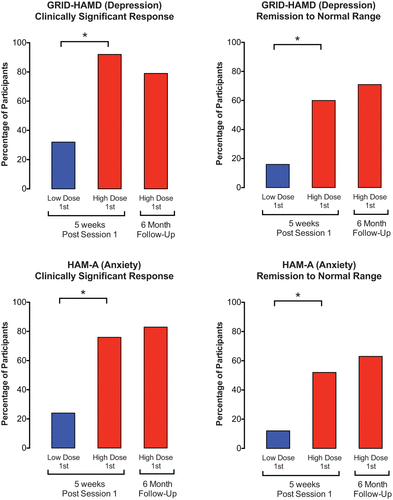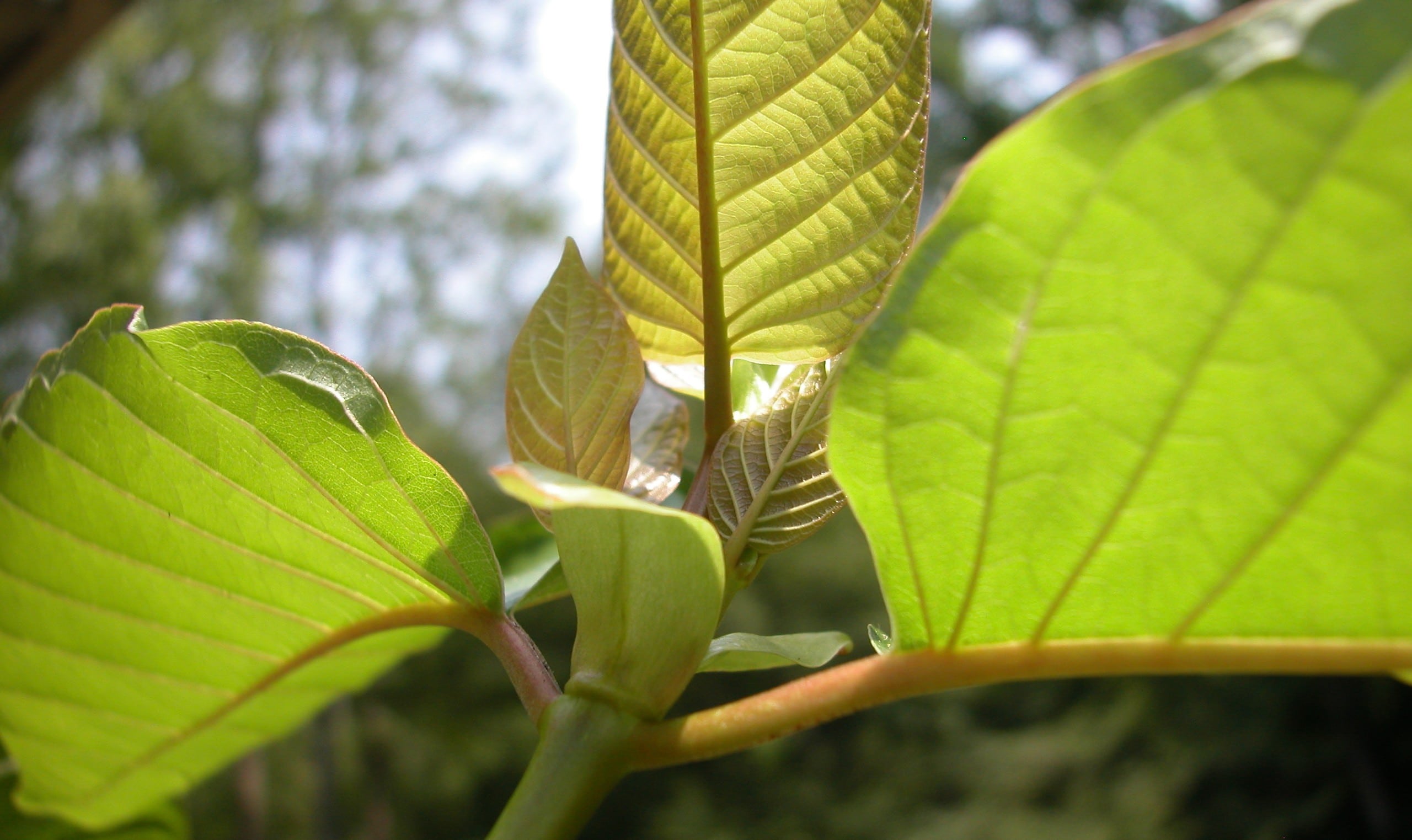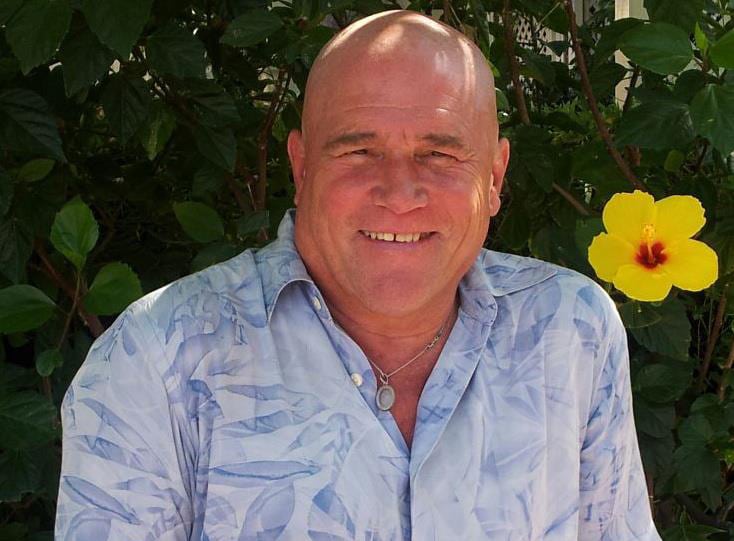An introduction to microdosing by contributing author: Kevin Garcia
To preface, I’d like to talk a bit about the lack of clinical interest in cognitive enhancement. The primary argument against substances like nootropics and psychedelics is that they are not yet FDA approved nor considered safe and effective by FDA standards. Regarding microdosing psychedelics, they cannot be patented, therefore there is no current pharmaceutical company in the U.S. (apart from MAPS) that is willing to get FDA approval and conduct research. Furthermore, there is no formal research on microdosing psychedelics and most information on the topic is derived from personal experiences. However, The Beckley/Imperial Research Programme in the U.K. will soon begin scientific research into the effects of microdosed LSD on mood, cognitive functions, creativity, and general wellbeing. As well as studying the effects, the safety and tolerability of microdosed LSD will also be examined in this research study (source).
A Brief History of Cognitive Enhancement
Written records regarding medicinal plants with nootropic uses date back at least 5,000 years to the Sumerians, and archeological studies have shown that the use of medicinal plants dates as far back as 60,000 years ago in Iraq and 8,000 years ago in China (source).The earliest evidence of coffee drinking dates back to the 15th century, in the Sufi monasteries of Yemen (source). Nootropics have existed long before the term “nootropic” was used. The first modern nootropic piracetam was first synthesized in 1964 (source) by Romanian psychologist & chemist Dr. Corneliu E. Giurgea who then coined the term “nootropic” to describe piracetam in 1972 (source). Beginning in the late 1960s and early 1970s, various researchers began to focus on investigating the effects of piracetam on head injury, repetitive learning, memory, “senile involution” (the older term for neurodegenerative disorders), and other conditions (source). In 1977, Dr. Giurgea utilized piracetam as a standard to establish what makes a nootropic a nootropic, including (source):3
- Enhancement of learning acquisition
- Resistance to disruptive mental conditions
- Facilitation of neuronal transfer of information
- Enhanced resistance to physical & chemical brain injury
- Increased tonic cortico-subcortical control mechanisms
- Absence of usual pharmacological side effects of neuropsychotropic drugs
These standards still hold true today and are used to determine whether or not a drug can be considered a nootropic. Caffeine, piracetam, and microdosed psychedelics are considered to be nootropics, whereas psychostimulants such as Adderall or amphetamine, although still considered cognitive enhancers, are not considered to be nootropics due to the negative side effects associated with their use. Ultimately, nootropics should enhance cognitive processes without harming the user. During the 1980s, other nootropics such as aniracetam, oxiracetam, pramiracetam, and phenylpiracetam were synthesized and are all still used today.
Piracetam
Piracetam is a cyclic derivative of the neurotransmitter ã-aminobutyric acid (GABA) and was originally marketed in 1971 by UCB Pharma, the pharmaceutical company who employed Dr. Giurgea (source). In preclinical trials, no toxic effects were reported in mice, rats, or dogs receiving single oral doses of up to 10g/kg. Doses of up to 24g/day have shown a lack of tolerance and side effects in humans (source). For cognitive purposes, the recommended dosage in humans is suggested to be 2.4-4.8g daily (source). Piracetam is a prescription drug in Europe and sold under various names in South America, Asia, and other countries around the world. In the U.S., piracetam is considered an over-the-counter drug, thus it is not approved by the FDA for any medical use and is not permitted to be sold as a dietary supplement. For individuals looking for nootropic effects from piracetam, it is often combined with a source of choline such as choline citrate, choline bitartrate, or other forms of choline. This is recommended because your body uses endogenous choline to make acetylcholine, and piracetam causes an increase of acetylcholine in the body, contributing to its cognitive effects on memory and learning.
Brief Introduction to Psychedelics
Psychedelic drugs have been used by indigenous cultures for millennia to facilitate rites of passage, divination, and healing. Psychedelics, like nootropics, are considered physiologically safe and do not lead to withdrawal symptoms, dependence, or addiction. Serious complications associated with psychedelics are rare and clinical research suggests that when severe problematic side effects occur, they are likely linked to psychological instability in the user prior to use, or to family history. Fatalities do not occur as a result of ingestion of traditional psychedelics such as LSD, psilocybin, mescaline, or DMT; however, fatalities have occurred after the use of newer highly potent synthetic phenethylamine psychedelics (NBOMe series). Psychedelics at high doses have consistently proven to be safe under controlled and clinical conditions. In the FDA approved psilocybin research studies at John Hopkins University, 20-30 mg per 70 kg is the most effective dose used for adults. In contrast, a microdose of psilocybin would equate to about 2-3 mg of psilocybin.
Microdosing Psychedelics
According to James Fadiman, who has been involved in psychedelic research since the 1960s, a typical microdose is regarded as roughly 0.05x to 0.10x of the standard effective dose (source). He also stated that Albert Hoffman, the creator of LSD, suggested that taking 10-20 micrograms of LSD could have a positive effect on mental health and functioning. In addition, Dr. Hoffman felt that if more research was conducted on microdosing LSD, it may have resulted in a product more useful and safer than Ritalin or Adderall (source). In a 1976 interview, Albert Hoffman stated “Very small doses, perhaps 25 micrograms, could be useful as a euphoriant or antidepressant.” (source). Since 2010, Dr. Fadiman has collected individual reports of individuals microdosing according to his self-study protocol, which entails taking a microdose every 4th day and making daily notes over a period of 10 four-day cycles, and/or creating an overview of what they’ve noticed during that time (source). During the 3rd international Breaking Convention conference in 2015, Dr. Fadiman described the range of conditions where people reported benefits from microdosing. Here is a partial list of those conditions:
- Anxiety: General, social, academic, party
- Asperger’s Syndrome: More ease in social situations, especially parties
- Bipolar: Mood elevation during depression phase (for some, disturbed sleep cycle)
- No “crash” upon returning home from Burning Man
- Capacity to live in the present (“the now”)
- Creativity (technical): Coding, machine design, other
- Decreased/Stopped: Cigarettes, coffee, Adderall, Venlafaxine
- Depression: Alleviated (many reports)
- Ice-pick headaches (one minute clusters): Ended series
- Health Habits: Better food choices, exercise, yoga, meditation
- Insights: Personal (therapeutic) and work related
- Learning: Languages, Advanced Maths, more focused attention in class
- Menstrual periods: Elimination of pain and cramping
- Migraines: Lessened or eliminated
- Physical skills: Musical instruments, drumming, composition, flying a plane, driving
- Trauma: Decreased triggering
- Procrastination: Lessened
- Stuttering: Increased ease and fluency in normal speech
- Writing: Writer’s block, first drafts, procrastination
- Work (improved): Amount, discrimination, flow, quality, enjoyment
The results of the microdosing study demonstrated that most of the participants experienced enhanced normal daily activities, healthy habits, productivity, and general well-being. At the time, Dr. Fadiman had answered close to 250 requests to join the self-study and use the protocol. The requests have come from more than 12 countries, ranging in age from 18 to 73, and about half of the people have sent in reports. Almost everyone who asked to join had prior psychedelic experiences. At the time of this writing, Dr. Fadiman’s website, www.microdosingpsychedelics.com, states that over 1,500 participants have reported their experiences with microdosing, although the data is still being read and analyzed.
In 2016, the John Hopkins psilocybin research team conducted a double-blind randomized crossover study with 51 cancer patients where instead of using a placebo, they compared a microdose group with a high-dose group using psilocybin (source). The graph below shows the results, which demonstrate that everyone who received the high dose showed significant reduction in anxiety and depression at 6 month follow-up compared to the microdosing group (Left side: depression in upper, anxiety in lower; Right side: remission).
Even if this study did not include patients consistently taking a microdose, it does reveal that one microdose is significantly less effective than one full dose in treating life-threatening anxiety and depression (everyone eventually got a high dose due to the crossover aspect of the study). However, a question remains: would microdosing every 4th day be as effective as a full dose over a period of time for depression and anxiety? Unfortunately, that question likely won’t be answered until there is more concrete research into microdosing psychedelics. As exciting as the exploratory microdosing research is, it is important to keep in mind that it is exploratory and uncontrolled, thus the possibility of placebo effects shrouding the true effects, if any, may be increased. Nonetheless, it certainly speaks to the importance of clinical research into the effects of microdosed psychedelics.
Comparing Microdosed Psychedelics and Nootropics
Given that nootropics have years of research backing them up and the trend of microdosing psychedelics is fairly new (source), it would be difficult to fairly compare microdosed psychedelics and nootropics. As the use of psychedelics becomes more accepted, there will certainly be more research on the topic. For the time being, we can discuss how nootropics may offer similar benefits to those sought through the practice of microdosing psychedelics.
Piracetam is known to improve depression and anxiety in humans w/ cognitive disorders (source) and to enhance memory and learning through its anti-inflammatory effects that have been shown in mice (source). It has also been shown to have analgesic effects in mice (source). Aniracetam, part of the racetam family, is suggested to have anxiolytic effects (source), antidepressant effects (source), and to improve mild cognitive deficits (source). The caveat of the previous studies is that they are either not conducted on human subjects, or are conducted on humans with some sort of problem such as brain injury or cognitive deficit. This has led some researchers to suggest that aniracetam is not an effective cognitive enhancer for healthy humans and that it may only be effective for enhancing cognitive performance in those that are impaired with some sort neurodegenerative disease.(source).
Less popular than the racetams in the nootropic community, Ashwagandha, one of my favorite nootropics, has a hoist of research papers behind it when compared to the racetams. Ashwagandha has been used for millennia for its various health benefits and is considered to be one of the most important herbs of Ayurveda, the traditional system of medicine in India (source). In a literature review including five human trials, Ashwagandha compared to a placebo resulted in significant reductions in anxiety and stress (source). Another study including healthy humans shows that Ashwagandha may be helpful in preventing oxidative stress and premature aging (source). In studies involving human cells, Ashwagandha has been shown to induce apoptosis (self-destruction) in cancer cells (source), alleviate Alzheimer’s (source), and exhibit anticancer properties (source). Pharmacological studies of Ashwagandha suggest that it modulates immune function (source, source), has therapeutic potential for treating neurodegenerative diseases (source, source, source, source), and has anti-inflammatory effects (source).
Overall, it is important to consider that everyone is different and mileage may vary when it comes to both nootropics and microdosing psychedelics. It isn’t uncommon to see both positive and negative reports on these substances (this includes no effects), so treading carefully is advised.
About the Author:
Kevin Garcia is a member of the board of directors of Students for Sensible Drug Policy. He has hosted and spoken at events and conferences on post traumatic stress, problematic drug use, harm reduction, overdose prevention, psychedelic research, student activism, cognitive neuroscience, and medical marijuana. Mr. Garcia holds a Bachelors degree in Psychology from Florida International University.












